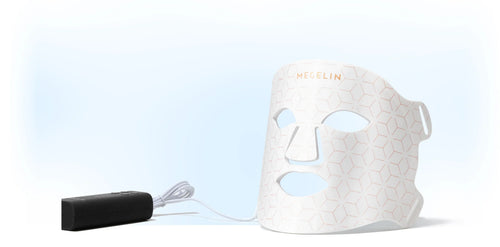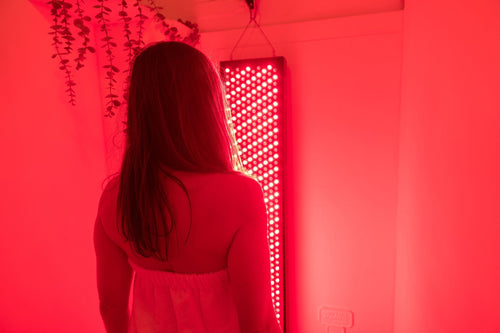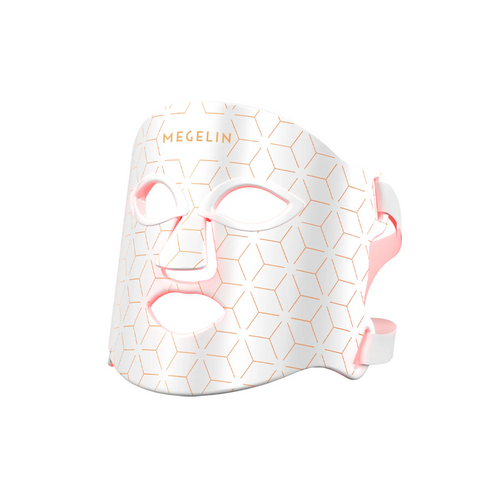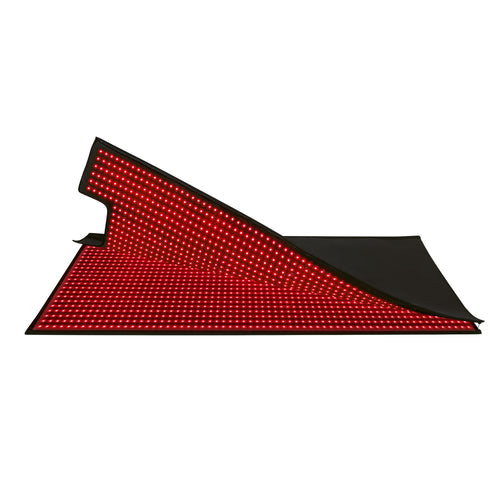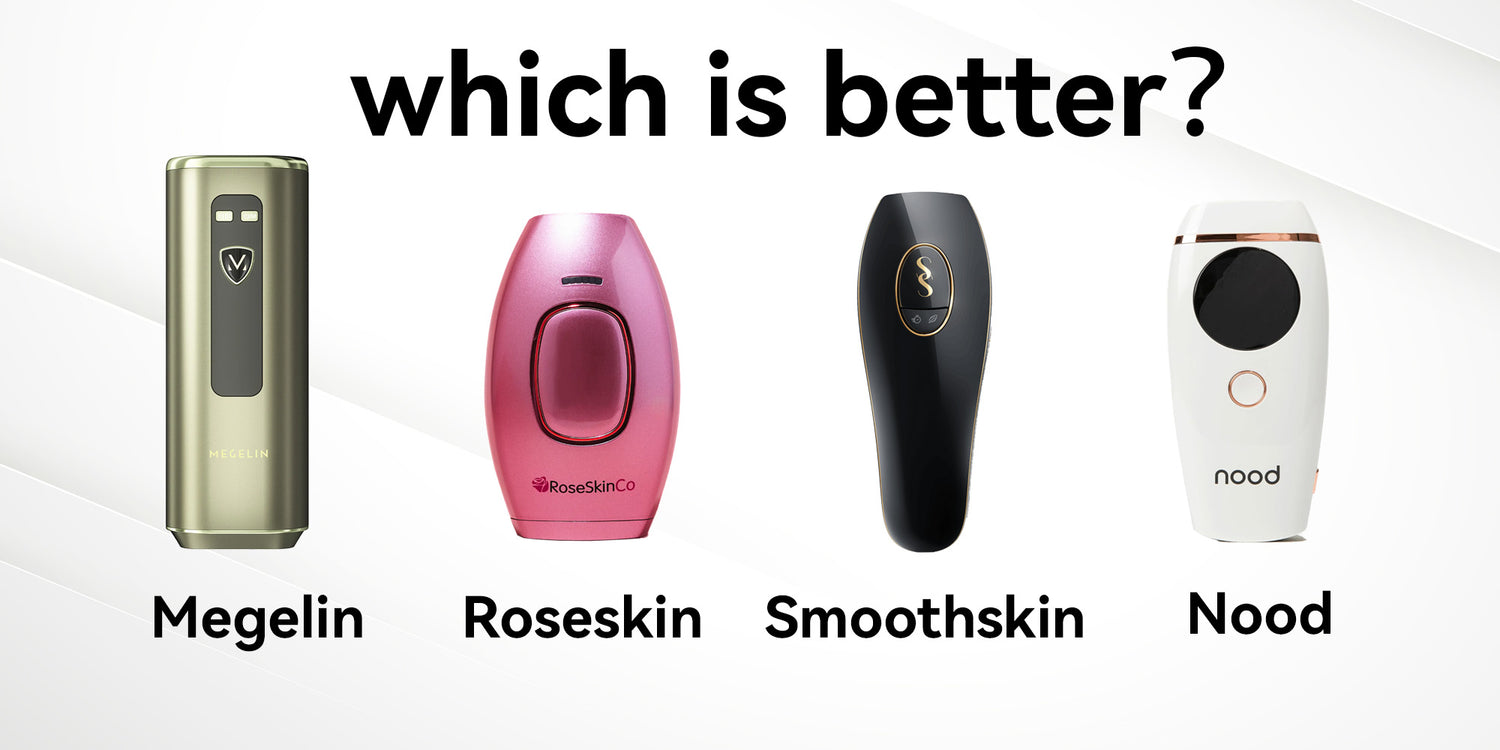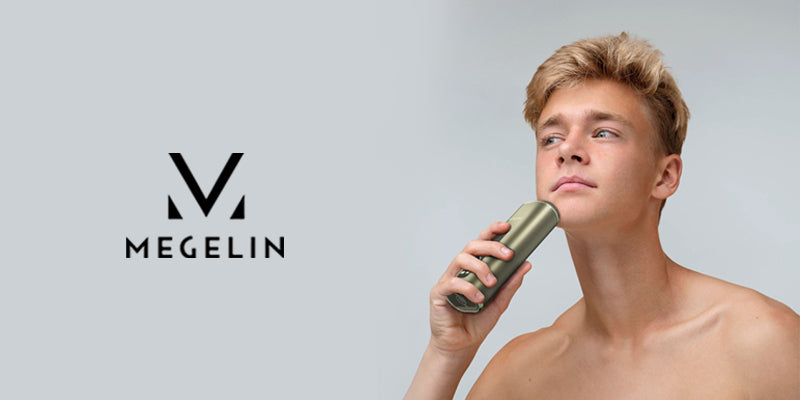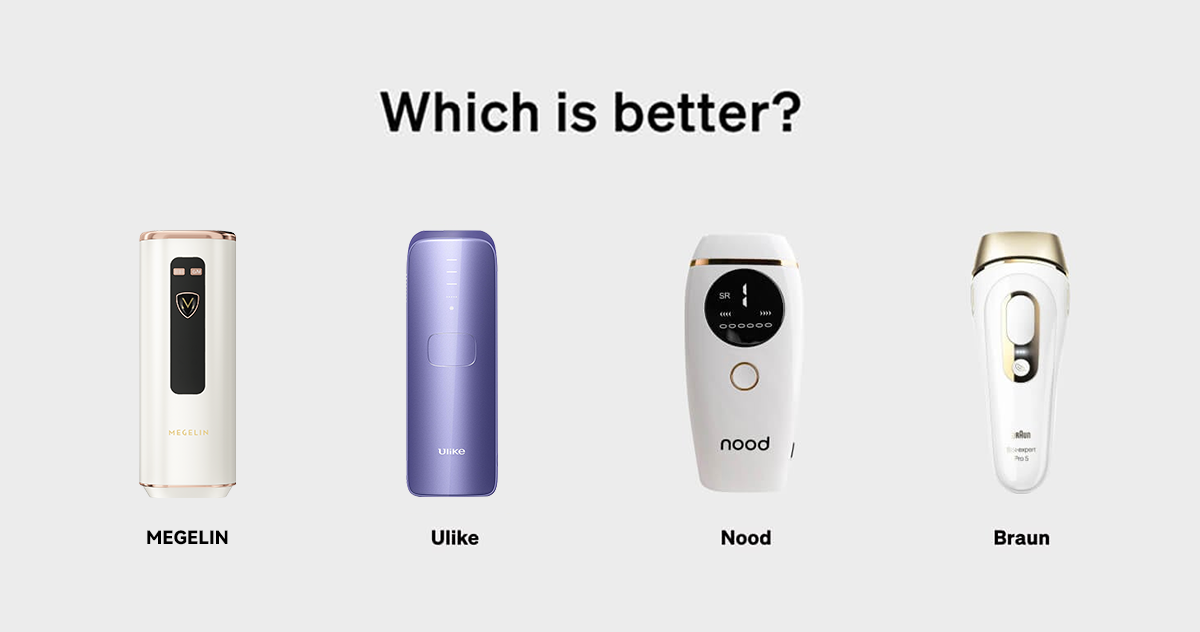
Red Light Therapy | Before and After Results from 50 Users
LambertJarvisBefore and After Real-Life Testing for Red Light Therapy
Red light therapy, a favored choice in both the beauty and medical industries, is renowned for its accelerated wound healing, reduced inflammation, and anti-aging benefits.
Blue light therapy, known for its effectiveness in combating acne-causing bacteria and aiding in acne treatment, has gradually become a popular mainstream option in beauty care.
Is red & blue light therapy truly as effective as claimed? To substantiate the benefits of red light therapy, we present five real-life tests using the Megelin LED mask, demonstrating the before and after results.
Before and After Test Method and Standards
- Sample Selection: A highly random selection of 50 real-life users to use the Megelin Light Therapy Mask.
- Duration of Use: Users were instructed to use the product continuously for 6 weeks, documenting usage dates and times, and taking photographs to record results.
- Sample Display: With user consent, five sets of results were selected for presentation.
- Note: Individual results may vary. Everyone's skin is unique and may respond differently to our products.
Wrinkles Before and After
Acne Scars Before and After
Post-Sunburn Redness Before and Ater
Rosacea Before and After
Acne Treatment Before and After
How Does Red Light Work?
Through extensive user feedback and quantitative research, Megelin has discovered that 660nm red light effectively stimulates collagen growth, leading to a reduction in fine lines and skin tightening.
Through a deeper exploration, we explain the mechanism of how red light helps combat aging:
- Stimulation of Collagen Production: Red light at specific wavelengths (typically within the range of 660 nanometers) can penetrate through the superficial layers of the skin, directly affecting the subcutaneous collagen. These photons are absorbed by skin cells, activating mitochondria within the cells, leading to increased ATP production (the cellular energy source). This further stimulates the synthesis of collagen, enhancing skin elasticity and firmness.
- Reduction of Oxidative Stress: Red light therapy also helps reduce oxidative stress in the skin, a factor contributing to skin aging and wrinkle formation. It mitigates oxidative damage by lowering the generation of free radicals, aiding in protecting the skin from environmental harm.
- Improved Blood Circulation: The application of red light can enhance skin microcirculation, increasing blood supply, providing more oxygen and nutrients to the skin. This contributes to maintaining skin health and youthfulness.
How Does Blue Light Work?
The scientific support for blue light therapy in reducing acne is based on its ability to combat acne-causing bacteria. Here are the principles behind the science:
- Destruction of Acne-Causing Bacteria: Blue light therapy, typically in the range of 420-470 nanometers, penetrates the skin and reaches the sebaceous glands where acne-causing bacteria, known as Propionibacterium acnes (P. acnes), reside. The blue light activates porphyrins within the bacteria, leading to the production of reactive oxygen species. This process effectively destroys the bacteria and reduces inflammation, which is a major contributor to acne.
- Regulation of Sebum Production: Blue light therapy can also regulate sebum production, the excessive secretion of which can lead to clogged pores and acne. By reducing sebum production, blue light helps prevent new acne breakouts.
- Anti-Inflammatory Effects: Blue light has anti-inflammatory properties, which means it can help alleviate the redness and swelling associated with acne lesions.
In summary, scientific research supports the effectiveness of blue light therapy in reducing acne by targeting acne-causing bacteria, regulating sebum production, and reducing inflammation. However, individual responses may vary due to personal differences, so the effects may differ from person to person. Proper blue light therapy devices and professional guidance are typically key to achieving the best results.
Conclusion
Through the analysis of LED light therapy results from 50 real-life users, we have clearly observed the benefits of Megelin's 660nm red light in reducing wrinkles, fading acne scars, and promoting skin repair. Additionally, blue light helps combat acne-causing bacteria and reduces inflammation, leading to effective acne treatment.
However, it is important to note that individual results may vary, as everyone's skin and circumstances are unique. The outcomes observed in the sample do not necessarily apply to every individual. Individual responses may differ due to factors such as skin type, usage methods, and treatment duration.









